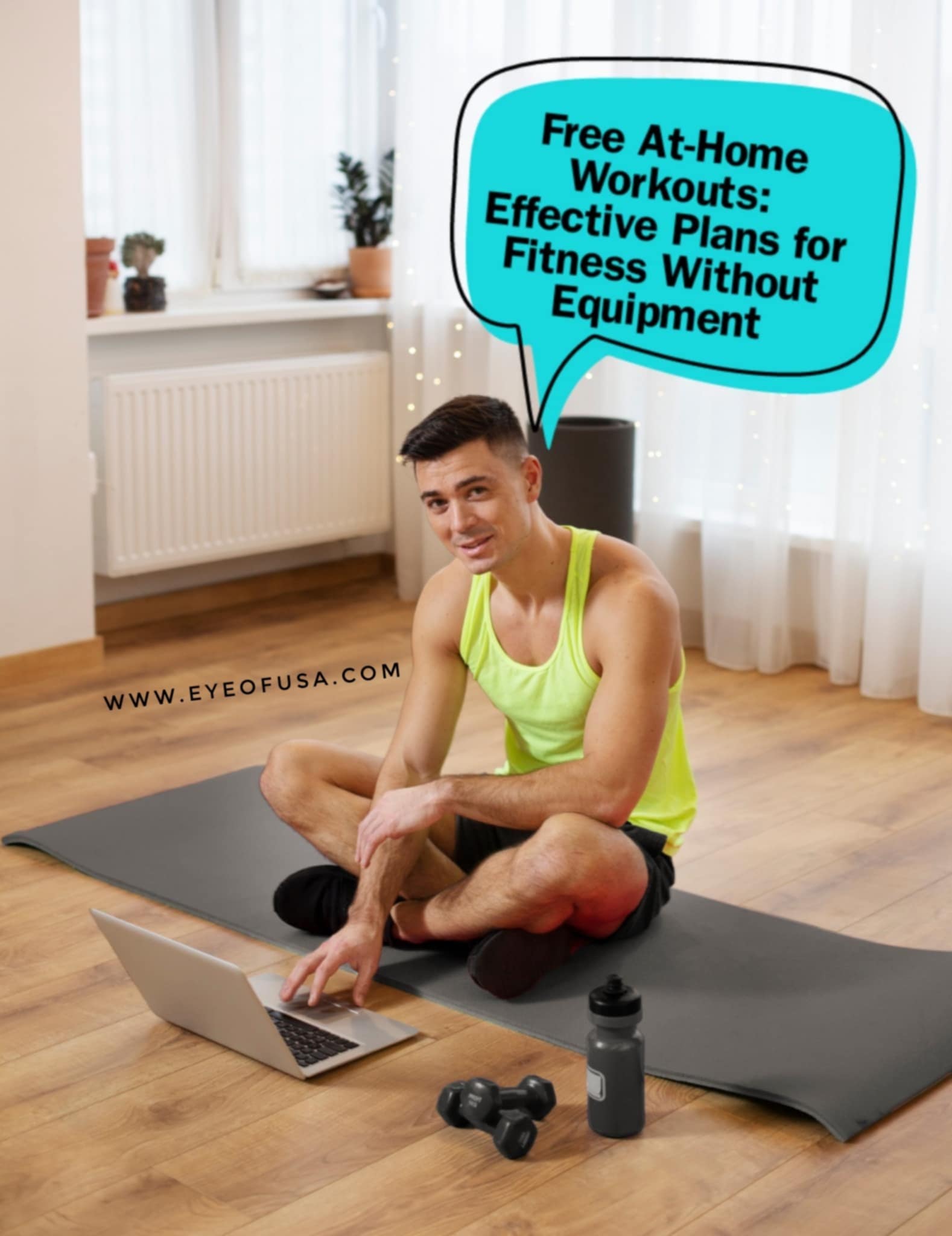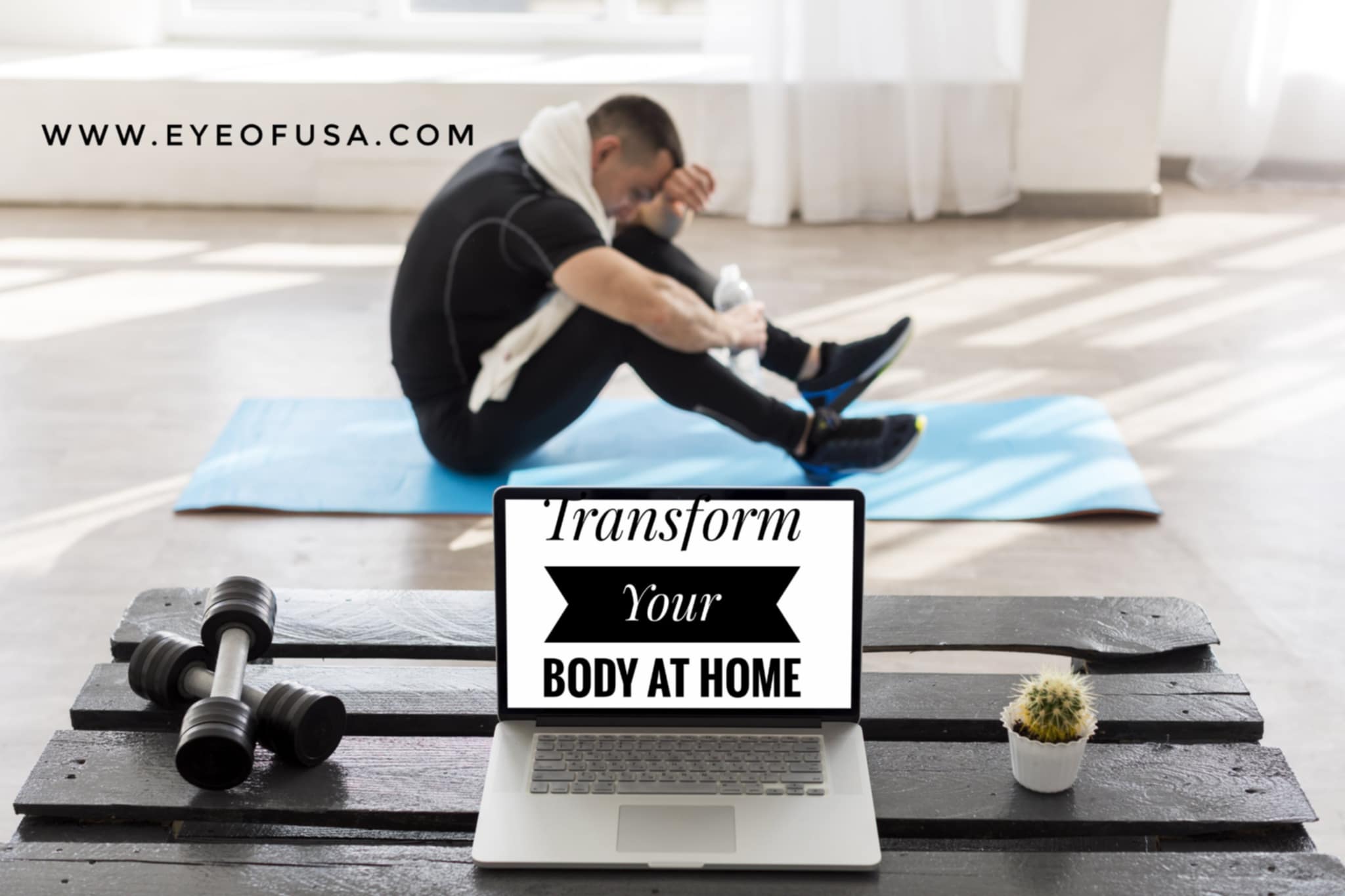Free Online Workouts for Home: Your Ultimate Guide to Staying Fit
Introduction
In today’s fast-paced world, staying fit is more important than ever, and with the rise of online fitness resources, you can work out in the comfort of your home. Whether you’re a beginner or an experienced athlete, there are countless free online workouts for home available at your fingertips. Let’s explore how you can start your fitness journey without the need for a gym membership!
- Why Choose Free Online Workouts?
Q: Why should I choose free online workouts instead of a gym membership?
A: Free online workouts offer many benefits, making them a popular choice for people looking to stay fit at home. Here are a few reasons why:
Convenience: You can work out whenever it fits into your schedule—no need to commute to the gym or adhere to class times.
Affordability: You don’t need to spend money on memberships or expensive equipment to get a good workout.
Variety: With so many free resources available, you can easily try different types of workouts to keep things interesting.
Plus, these free online workouts cater to all fitness levels, from beginner to advanced.
- Top Platforms Offering Free Online Workouts
Q: Where can I find the best free online workouts for home?
A: There are several platforms where you can access free online workouts. Here are some of the best:
YouTube:
YouTube is home to countless fitness channels offering free workout videos for every fitness level. Channels like FitnessBlender and POPSUGAR Fitness provide easy-to-follow, no-cost workout routines.
Apps with Free Plans:
Apps like Nike Training Club and MyFitnessPal offer free plans with a variety of workouts, from strength training to cardio. They also help you track your progress.
Social Media:
Instagram and TikTok are great resources for free workout routines. Many fitness influencers post daily workout challenges and routines that are easy to follow along with.
- Types of Free Online Workouts You Can Do at Home
Q: What types of workouts can I do for free at home?
A: There are many types of workouts available for free online, including:
Cardio:
Free HIIT (High-Intensity Interval Training) and dance workout videos will get your heart pumping and burn calories in no time.
Strength Training:
If you’re looking to build muscle, bodyweight exercises (such as push-ups, squats, and lunges) are a great way to start without needing equipment.
Yoga & Pilates:
Many online platforms offer free yoga and Pilates classes, helping you improve flexibility, balance, and core strength.
Stretching & Mobility:
Stretching is essential for recovery. There are plenty of free videos to help improve your flexibility and mobility.
- How to Maximize Your Home Workout Experience
Q: How can I stay motivated and make the most of free online workouts?
A: To get the best results from home workouts, consider these tips:
Stay Consistent: Set a workout schedule and stick to it. Treat it like an appointment you can’t miss.
Set Goals: Define clear, achievable fitness goals (e.g., running a certain distance or mastering a yoga pose).
Track Your Progress: Use fitness apps or a workout journal to track improvements over time.
- Common Mistakes to Avoid When Doing Free Online Workouts
Q: Are there any common mistakes I should avoid when following free online workouts?
A: Yes, here are a few mistakes to steer clear of:
Overtraining: Doing too much too soon can lead to burnout or injury. Make sure to take rest days.
Poor Form: Always focus on good form, even during bodyweight exercises, to avoid injury.
Skipping Warm-Ups and Cool-Downs: Don’t skip these important steps—they help prevent injury and aid in recovery.
- How to Find the Best Free Workouts for Your Fitness Level
Q: How do I find free workouts that match my fitness level?
A: The key is to start with what suits your current fitness level. Many online platforms allow you to filter workouts by difficulty. For example, beginner workouts may focus more on basic exercises, while more advanced routines could include complex movements or high-intensity training.
If you’re unsure, start with beginner-friendly options and gradually progress to more challenging routines.
- Free Online Workout Challenges to Boost Your Fitness Journey
Q: How can free workout challenges help me reach my fitness goals?
A: Fitness challenges are a great way to stay motivated. Many free online resources offer 30-day fitness challenges, which provide a structured plan to follow. Whether it’s a 30-day ab challenge or a HIIT challenge, these workouts can help you build consistency and track progress while keeping things exciting.
Conclusion
Q: How can I get started with free online workouts today?
A: It’s easier than ever to begin your fitness journey from home. Whether you’re looking for cardio, strength training, or yoga, there are plenty of free online resources to get you started. Choose a platform that suits your style, set your fitness goals, and stay consistent. With dedication and the right guidance, you’ll see improvements in no time!




